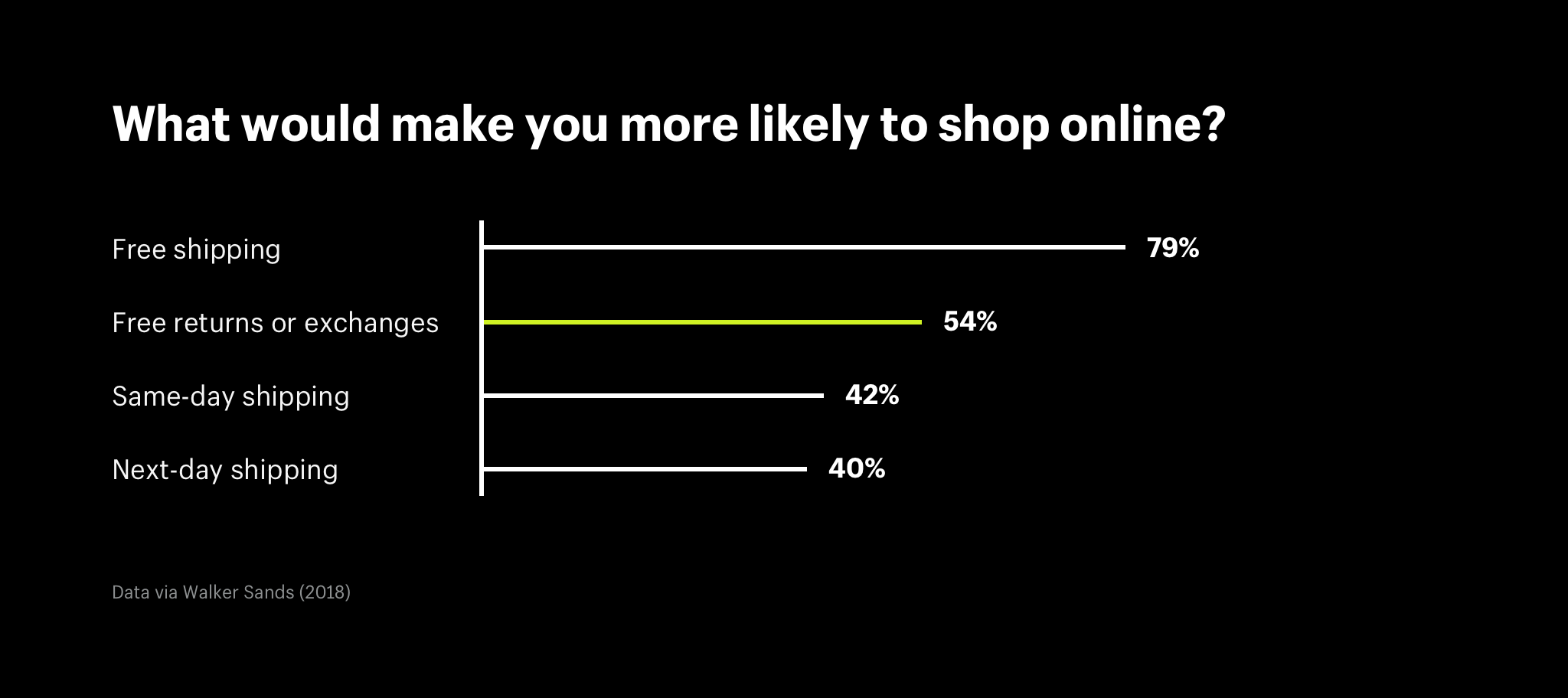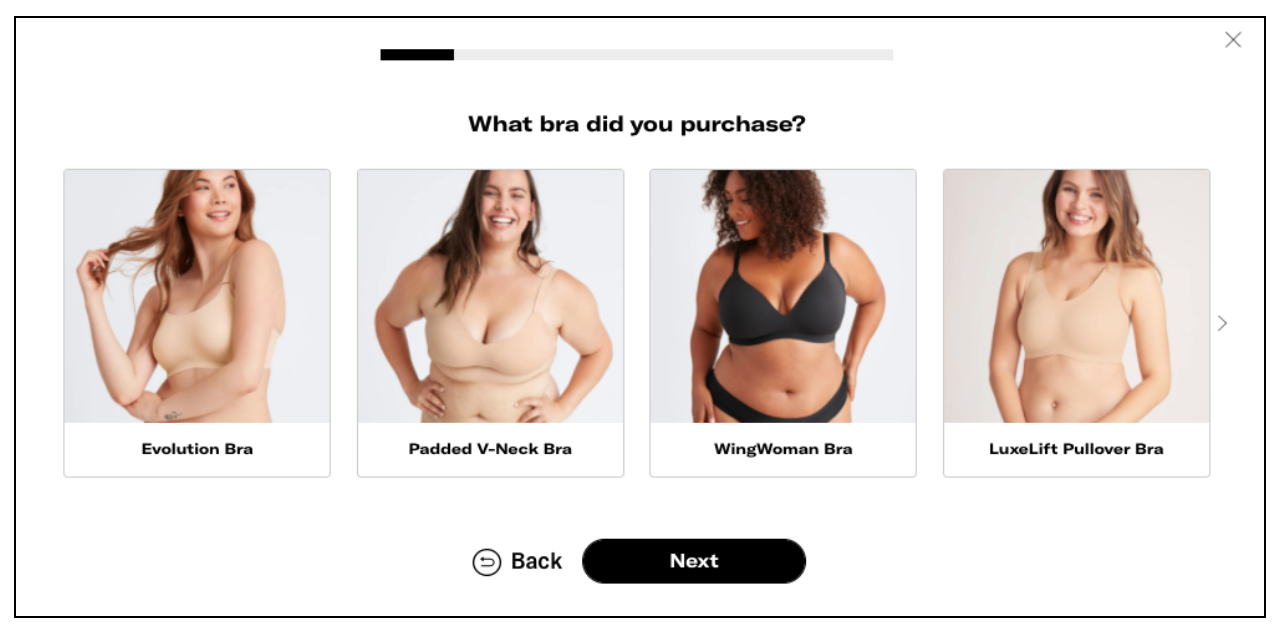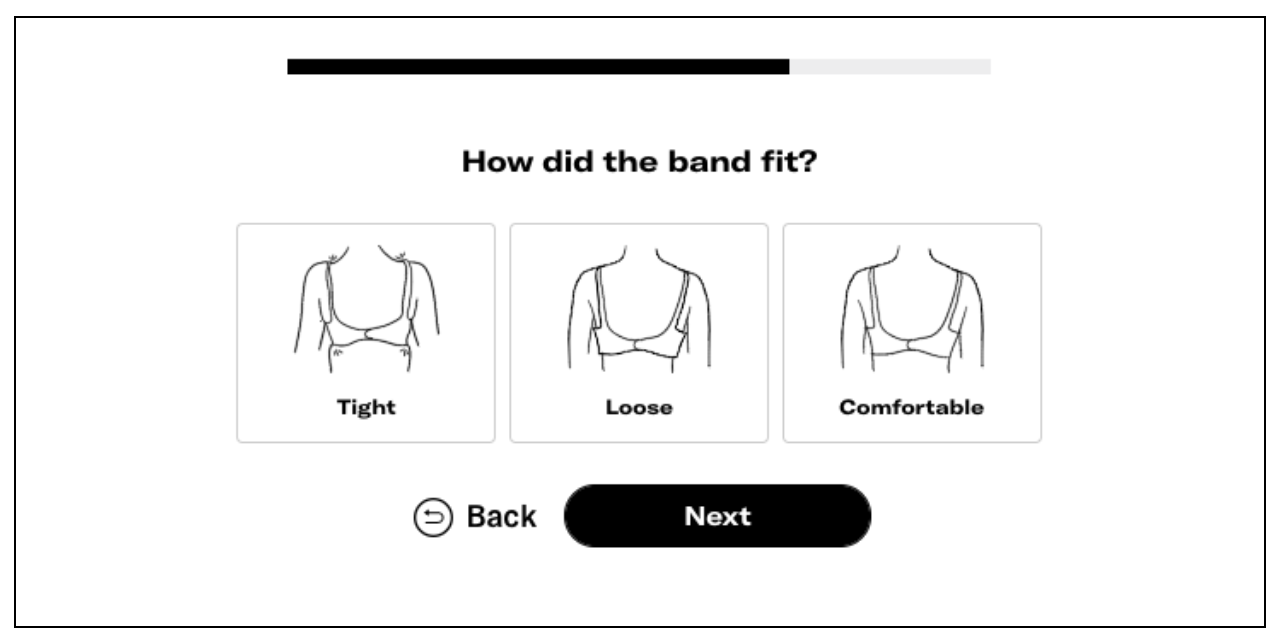Why Today’s Top Brands Focus Their Return Policy on Driving Exchanges

If you look at the return policies of the top eCommerce brands, there’s something you’ll find in common: they don’t treat all returns the same way. More specifically, they focus on driving exchanges over refunds. In this post, we’re going to explain why.
Before we dive in, there’s a common misconception we need to clear up first: a return does not equal a refund.
Think about it this way: we’ve all had the experience of buying a shirt that we love – only to receive it and realize that it’s the wrong size, color, or style. In these situations, we don’t want our money back. What we do want is to get the right product in our hands.
That’s why it’s misleading to believe that all returns are going to result in a refund. It’s simply not true. Not only that, but this mindset can also be actively harmful to your business. If you believe every customer wants a refund, you’re going to create a return policy that optimizes for the wrong behavior.
In reality, there are three different types of online returns: exchanges, store credit, and refunds. In this post, we’re going to focus on exchanges and explain why they’re the king of returns.
The value of exchanges
60% of returns on Shopify happen because the customer receives the wrong size or style. This means that most of your returns can be resolved with an exchange – if you have the right return policy in place.
But why are we making such a big deal about exchanges? Are they really that much better than refunds? The answer is a resounding yes. Here are a few benefits that come with having a customer opt for an exchange over a refund:
- You retain revenue since the customer isn’t requesting money back
- You continue the customer relationship – unlike a refund, which signals the end of the relationship
- This, in turn, increases the likelihood of repeat purchases in the future and therefore lead to higher AOV
- You’re being given a second chance to make a good first impression, which can build customer loyalty
Ok, you’re convinced that exchanges are awesome. But how do you actually encourage your customers to opt for an exchange over a refund?
Strategies to drive exchanges [with examples]
We hand-picked a few examples of brands that are doing a fantastic job optimizing for exchanges in their return policies. We’ll walk you through the strategies they use to accomplish this so you can bring them into your own returns experience.

Baseballism
Baseballism, as the name applies, is an apparel store for baseball enthusiasts. The brand is all about providing the best experience for its loyal and passionate community of customers. One of the ways that Baseballism delivers on this mission is to make the most of its exchanges. Here’s how:
- Approve exchanges quickly. Any time a Baseballism customer requests an exchange, the new item is shipped out as soon as the return label is scanned in at the post office. This is great for customers because they don’t have to wait several extra days for their exchange to be processed, and it’s great for Baseballism’s support team since they don’t have to approve these exchanges manually.
- Offer a $5 bonus credit. Baseballism also offers a $5 bonus credit to customers who opt for an exchange over a refund. In other words, a shopper can get “free money” just for agreeing to swap out their product for a new one. It’s also great for Baseballism because it frequently leads to upsells. In fact, this strategy has been so successful that upsells now comprise 14% of the brand’s total returns and have generated an additional $10k in the last year – not to mention Baseballism has an incredibly low refund rate now at 47% of all returns.
Nisolo
Nisolo is a footwear brand that produces ethically made and fairly priced shoes. As a sustainability-focused business, Nisolo’s return policy is focused on minimizing the potential of waste from returns. One of the ways it accomplishes this is by driving customers toward exchanges over refunds. Here’s how:
- Place a strategic shipping fee. When a customer requests a refund with Nisolo, they’re charged $5.95 to cover the cost of shipping and restocking. But if they opt for an exchange instead, they get the first one completely free. You can see how this drives the right behaviors from customers. This not only aligns with their brand’s focus on sustainability, but it also leads to better business outcomes.
Qalo
Qalo produces silicone rings and other accessories that are designed for people with an active lifestyle. Because rings are challenging to size, you’ll notice that the brand offers generous policies to give customers the best experience. However, they do it strategically to reduce the rate of refunds. Here’s how:
-
- Provide a longer return window on exchanges. Yes, Qalo offers a super generous return window for its customers – but only for exchanges. Customers get 60 days if they want to exchange a product, but they only get 30 days if they want a refund. The message? We’ll give you extra time to get the right product into your hands because our relationship is worth the investment. If you want your money back, no problem – you simply get less time to make that decision.
@QALORing. Just made an exchange for a larger size ring. The process is so easy. I do not have to return the current ring, Qalo just told me to find a good home for it. Awesome
— Dirk Pitt (@Dirk_Pitt_NUMA) December 1, 2019
Knix
Finally, Knix is an intimates brand with one of the best examples of exchanges done right. Take a look below. These screenshots are from the brand’s exchange process, which takes customers through a simple “quiz” to help them identify the right replacement product – whether that’s one in a new size, style, or color.
This top-notch experience makes it much more likely that a customer will choose an exchange. It’s low risk since Knix guides them to the right product, and the process is both seamless and accessible.


Take your returns from a cost center to a retention driver
There’s a reason why successful eCommerce brands focus their attention on exchanges in their return policy. It takes something that could potentially be a cost center and turns it into a source of retained revenue, higher AOV, and better customer relationships. Apply these learnings to your return policy, and you’ll start to see the same results.
More examples of how return policies affect conversions, retention, and engagement.
About Alex McEachern
Alex is a marketer, retention and loyalty enthusiast, and Disney nerd. He is the Marketing Manager at Loop Returns, the returns platform built for Shopify brands that care deeply about the customer experience. Alex is also Co-Host of The Exchange, a podcast dedicated to the post-purchase experience in ecommerce.



